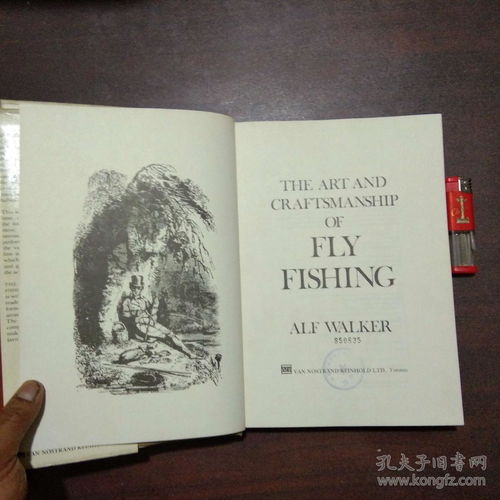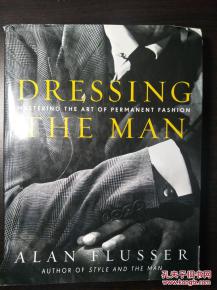Introduction: Fishing is a popular outdoor activity that brings joy and relaxation to people of all ages. Whether you are a beginner or an experienced angler, there is always something new to learn. One of the best ways to share your fishing knowledge with others is through a video tutorial. In this article, we will discuss how to create a fishing techniques video that is informative, engaging, and easy to follow. Let's dive into the details!
Plan Your Video Content Before you start filming, it is essential to plan your video content. Here are some key aspects to consider:
a. Target Audience: Determine who your audience is, such as beginners, intermediate, or advanced anglers. This will help you tailor your content accordingly.
b. Topic: Decide on a specific fishing technique or skill that you want to teach, such as casting, knot tying, or identifying fish species.
c. Structure: Organize your video into sections, such as an introduction, main content, and conclusion. This will make it easier for viewers to follow along.

Gather Equipment and Materials To create a high-quality fishing techniques video, you will need the following equipment and materials:
a. Camera: Use a high-definition camera with good lighting to capture clear and detailed footage.
b. Microphone: A good quality microphone will ensure that your voice is clear and easy to hear.
c. Tripod: A stable tripod will help keep your camera steady and prevent shaky footage.
d. Fishing Gear: Ensure you have all the necessary fishing gear, such as rods, reels, hooks, and lures, to demonstrate the techniques.
e. Backdrop: Use a backdrop or background that is relevant to the fishing technique you are teaching, such as a lake or river.
Script Your Video Writing a script will help you stay organized and ensure that you cover all the essential points. Here is a sample script structure for a fishing techniques video:
a. Introduction: Introduce yourself, the topic of the video, and the target audience.
b. Overview: Provide a brief overview of the fishing technique or skill you will be teaching.
c. Step-by-Step Instructions: Break down the technique into smaller steps and demonstrate each step clearly.
d. Tips and Tricks: Share additional tips and tricks that can improve the viewer's fishing experience.
e. Conclusion: Summarize the key points of the video and encourage viewers to try out the technique.
Film Your Video Follow these tips to ensure that your video is high-quality and engaging:
a. Practice Your Technique: Before filming, practice the fishing technique multiple times to ensure you can perform it smoothly.
b. Use Visual Aids: Use close-ups, slow-motion, and other visual aids to make the demonstration more effective.
c. Maintain Good Lighting: Ensure that your camera is well-lit to capture clear footage.
d. Keep the Camera Steady: Use a tripod or stabilize the camera with your hands to prevent shaky footage.
e. Record Multiple Takes: Record multiple takes to ensure you have enough footage to choose from.
Edit Your Video Editing your video is crucial to ensure it flows smoothly and is engaging for viewers. Here are some editing tips:
a. Trim and Combine Clips: Remove any unnecessary footage and combine clips to create a cohesive video.
b. Add Music and Sound Effects: Use music and sound effects to enhance the viewer's experience.
c. Add Text and Graphics: Use text and graphics to highlight key points and make the video more informative.
d. Adjust the Pace: Ensure that the video's pace is neither too fast nor too slow, making it easy for viewers to follow along.
Share Your Video Once your video is complete, share it on various platforms, such as YouTube, social media, or your website. Encourage viewers to like, comment, and share your video to reach a wider audience.
Conclusion: Creating a fishing techniques video is a fantastic way to share your passion for fishing and help others improve their skills. By following these steps, you can create an informative, engaging, and easy-to-follow video that will benefit both beginners and experienced anglers. Happy fishing!












